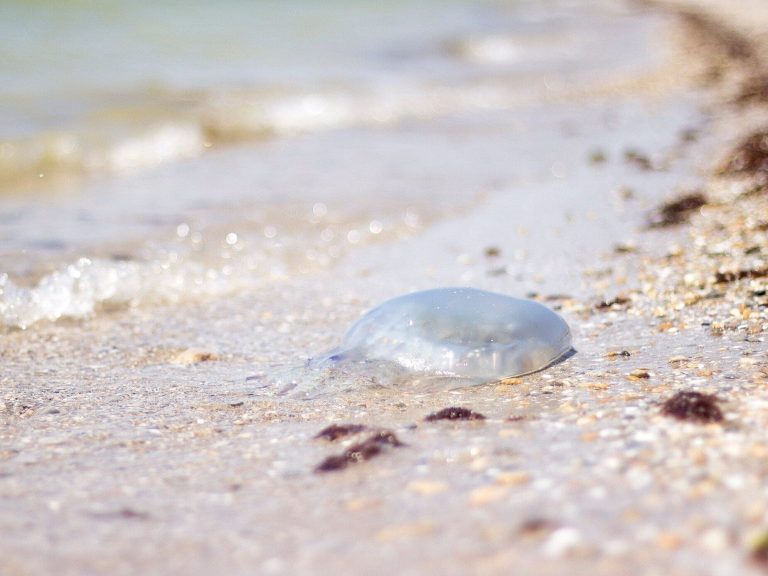Dangerous insects in Rome. Their bite can end tragically for humans

Residents and tourists staying in Rome have a big problem. A plague of dangerous insects has been recorded here. Their sting is not only painful, but can also have unpleasant consequences.
We have only just written about the bedbug plague in Paris and London, and now there are reports of the appearance of additional potentially dangerous insects in Europe. The capital of Italy is struggling with an invasion of hornets that are much more dangerous to humans. Where did they come from in the Eternal City? The expert has no doubts.
Hornet plague in Rome
Andrea Velardi sat down to eat lunch on the terrace of his friend’s apartment near Campi de’ Fiori in central Rome when he felt great pain in his foot. On a hot day, as sunset approached, his friend bravely tried to get rid of unusually large wasps. However, one of them, lying under the table, was still alive. “The pain was enormous and my foot swollen so much that I couldn’t walk. I immediately knew it wasn’t an ordinary wasp sting,” he said in an interview with The Guardian journalists. It turned out that he had been bitten by a hornet. And that this is not an isolated case.
Velardi (48) was stung by Vespa orientalis, the oriental hornet. It is a representative of the wasp family originating mainly from North Africa and Southeast Asia. However, the presence of this insect in the Italian capital is growing rapidly. The reason for this is the ubiquitous garbage and high temperatures.
The hornet’s bite is dangerous to humans
The reddish-brown hornets were first discovered in the Monteverde district in 2021 – the first time they had been sighted in Rome since the 1950s. Then they went to the city center, where they began to create nests containing hundreds of individuals in the nooks and crannies of the shutters. In addition, they like ventilation holes, air conditioners, and even the cracks of ancient monuments.
Velardi ice-packed his foot, then bought cortisone at a pharmacy and injected it at home. He needed crutches to walk until the swelling and pain subsided.
“This summer was definitely a turning point. In addition to nests, hornets even attack open spaces such as terraces, especially if there is food there,” he added.
The Council of Rome did not find a way to effectively deal with the hornet problem. That’s why the residents themselves asked experts to deal with it.
“I’m getting a lot of calls from everywhere these days,” said Andrea Lunerti, a zoologist and renowned wasp exterminator. “People see large insects flying around them and the nests are huge – sometimes holding 700 to 1,000 individuals.”
Lunerti was called to the home of an elderly woman who had returned from a holiday in Sardinia and found a nest of 800 oriental hornets in a crack in her bathroom.
Daniele Piacentini, who lives with his father in an apartment in the eastern part of Rome, found the nest in the shutter of a bathroom window in August. “We thought they were just normal wasps and would soon disappear,” he said. “But this kind was extremely stubborn, and the nest grew and grew.” By the time Lunerti arrived in September, there were about 500 oriental hornets in the nest.
Continued high temperatures are playing a role in the rising numbers of oriental hornets, although Lunerti puts more of the blame on Rome’s perennial battle against garbage. The combination of these two elements provides ideal conditions for insects to breed in urban areas.
“Rome is a very dirty city with the worst urban waste management – there are open garbage bins everywhere,” added the zoologist.
Moreover, the insects, although large, are so slender that they use cracks in buildings to build nests. “They can adapt to any environment and reproduce quickly,” Lunerti added.
Oriental hornets are also found in other parts of southern Italy, especially in port cities such as Naples.






